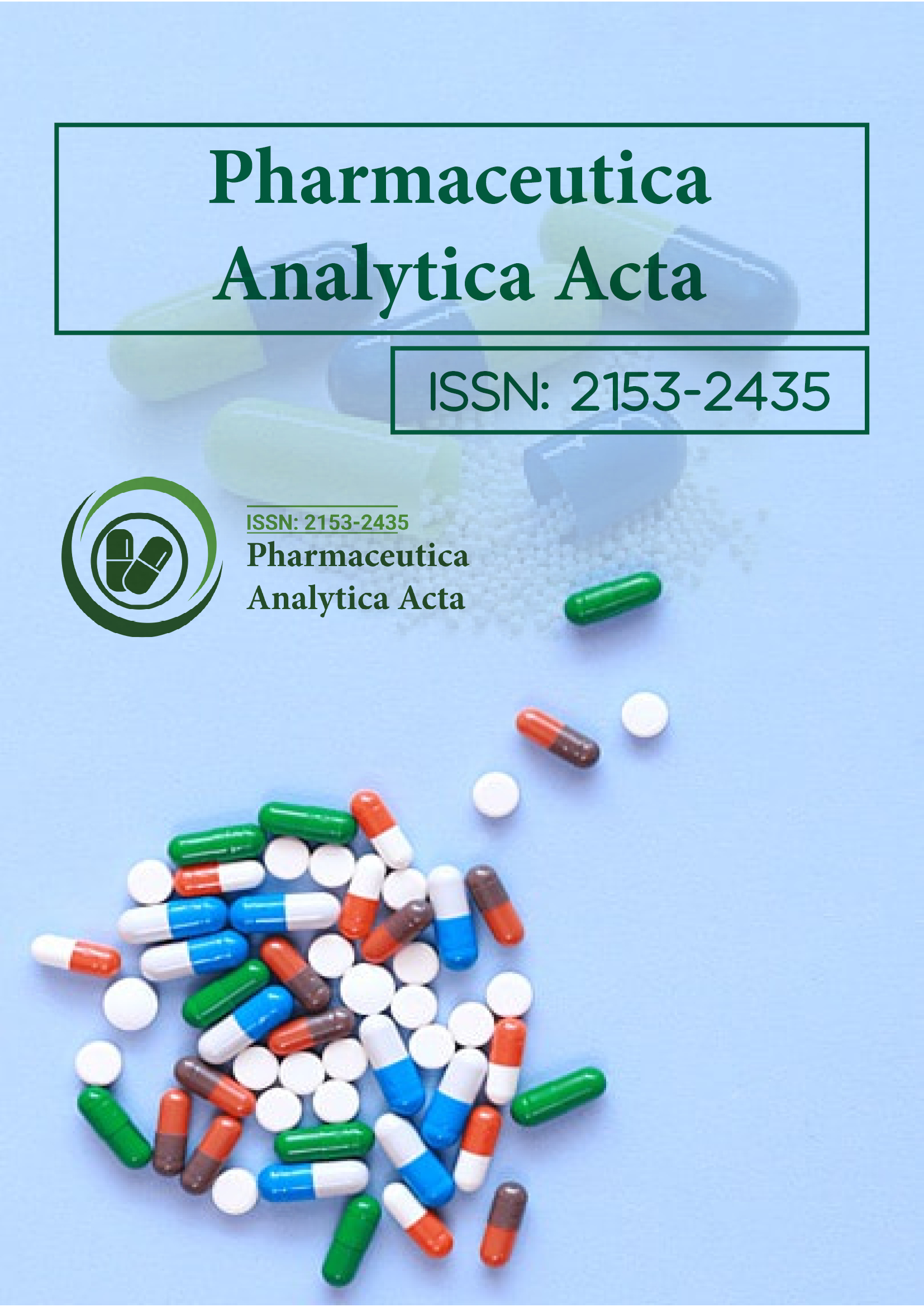indexado en
- Abrir puerta J
- Genamics JournalSeek
- Claves Académicas
- DiarioTOCs
- El Factor de Impacto Global (GIF)
- Infraestructura Nacional de Conocimiento de China (CNKI)
- Directorio de publicaciones periódicas de Ulrich
- Búsqueda de referencia
- Universidad Hamdard
- EBSCO AZ
- OCLC-WorldCat
- Publón
- Fundación de Ginebra para la Educación e Investigación Médica
- pub europeo
- Google Académico
Enlaces útiles
Comparte esta página
Folleto de diario

Revistas de acceso abierto
- Administración de Empresas
- Agricultura y Acuicultura
- Alimentación y Nutrición
- Bioinformática y Biología de Sistemas
- Bioquímica
- Ciencia de los Materiales
- Ciencia general
- Ciencias Ambientales
- Ciencias Clínicas
- Ciencias farmacéuticas
- Ciencias Médicas
- Ciencias Veterinarias
- Enfermería y Cuidado de la Salud
- Genética y Biología Molecular
- Ingeniería
- Inmunología y Microbiología
- Neurociencia y Psicología
- Química
Abstracto
Contenido de carotenoides en diferentes zonas del fruto de la calabaza
Najma Wolegna
Se cree que la calabaza tiene ventajas médicas debido a su
Contenido de carotenoides. Los carotenoides son mezclas bioactivas con propiedades farmacológicas.
potencial. Los carotenoides, por ejemplo,
alfa
-caroteno y
β
-caroteno responde como provitamina. En el cuerpo humano, mientras que la luteína
y la zeaxantina son dos segmentos importantes del tono macular.
de la retina. Se han realizado numerosas exploraciones amplias
considerar la ventaja de estas mezclas para mejorar la salud
beneficio ya sea para utilización humana o con fines de comercialización.
El objetivo de esta investigación es reconocer el carotenoide
Contenido de calabaza de cinco territorios únicos en Malasia.
El contenido de carotenoides en los alimentos de hoja verde cambia debido a factores específicos
factores, por ejemplo, surtido, nivel de desarrollo, atmósfera
o sitio geográfico de creación, un trozo de la planta utilizada, clima
condiciones durante la creación rural, cuidados post cosecha, preparación,
y condiciones de capacidad. En vista de estos elementos, podrían adoptarse medidas
se debe tomar para distinguir los focos de carotenoides individuales [1]. En este
investigación, calabazas de Kelantan, Terengganu, Perak, Kedah
y Melaka se derrumbó.